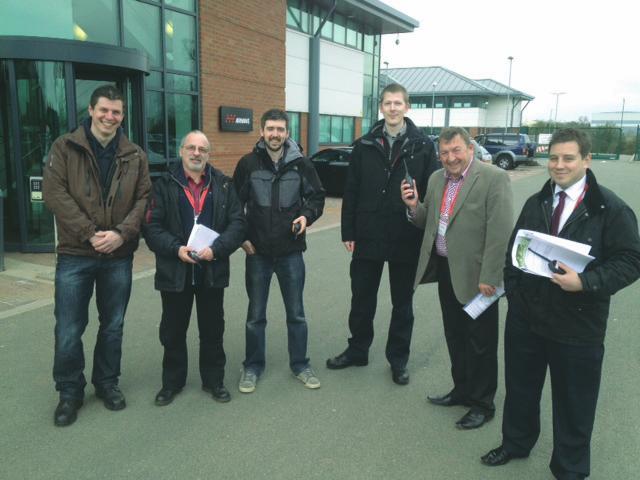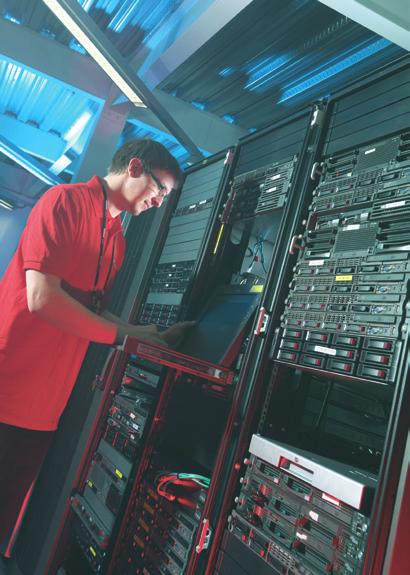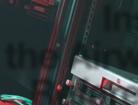This is a SEO version of i Cover_REACH5.indd. Click here to view full version
« Previous Page Table of Contents Next Page »The answer actually relies on a much less technical form of communications – face to face conversations and good old-fashioned networking

Ready for a MAAUG training session, from left: Andre Hunt, Lancaster Council, Martin Lea-Redmond, Solihull Coventry and Warwickshire Resilience Team, Jacob Forgham, Warwickshire County Council, Christian Rapp, London Borough of Haringey, Martin Parry, Stratford District Council, Rob Walley, Training Consultant
into account the different ways of working seen outside the emergency services. The training package was developed from scratch and was initially tailored for London Boroughs, a task made easier as they all had the same equipment at that time. Since then, the package has been taken on by the MAAUG, with web hosting and secretariat support from Airwave and continues to be used nationwide to train non-blue light Airwave Service users. So, that’s how initial users managed to interoperate with each other but how can they communicate with the blue-lights? After all that is one of the key selling points of the Airwave Service, the ability to use the technology for inter agency communications. Well, the answer actually relies on a much less technical form of communications- face to face conversations and good old-fashioned networking. To misquote Winston Churchill, ‘Airwave has provided the tools, now users must nish the job!’ A good example of this is the Borough of Brent. Borough staff identied the need for communications with the Police for joint work on anti social behaviour,
public space CCTV and normal operations like grafti removal. The Borough’s emergency planning staff approached their Police counterparts for agreement to use a talkgroup called Sharers’ Radio Link (SRL). This was available to both the Police and the Borough and allows direct contact to be made, over the Airwave Network on a 24/7 basis. Both agencies monitor the SRL talkgroup in their respective control rooms and use it to pass information and make requests, for example for CCTV coverage, or to report y tipped waste to the council for removal. What was vital for the Borough in getting this arrangement running was knowing the right people to speak to in the Police, having the relevant informati at their ngertips and acting professional, seasoned Airw Service users. I have often heard it said that non-blue light users have difculty breaking down barriers to interoperating with the emergency services but the experience of Brent shows that with knowledge a professionalism it can be do to great effect.









Commercially available training did not always fully meet the needs of non-blu light users and might not for example take into account the different ways of working seen outside the emergency services
The Airwave Direct Service is aimed at Category 1 responders who can bene t from being on the same communications network as the emergency services
The Reach editorial team welcomes your comments on any of the articles in this issue, and your ideas for future features. Please get in touch – reach@airwave solutions.co.uk
Reach Issue 5 2013 | 5
This is a SEO version of i Cover_REACH5.indd. Click here to view full version
« Previous Page Table of Contents Next Page »